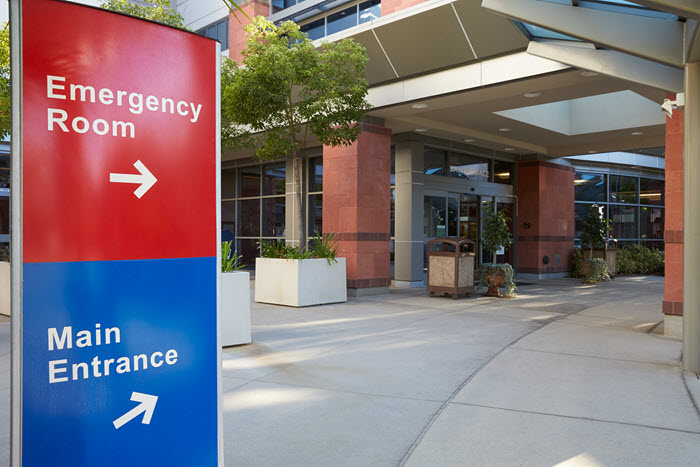
What is the Medicare Levy Surcharge?
The Medicare Levy Surcharge is a charge that medium and high income earners pay, in addition to the Medicare Levy. It is designed to encourage more Australians to take out private hospital insurance.
Like the Medicare Levy, the ‘Surcharge’ helps fund the public health system. When you take out private hospital cover, you avoid paying the surcharge and can use private hospitals for treatment, which reduces pressure on public medical services.
Who pays the Medicare Levy Surcharge?
The government only applies the surcharge if you meet the following criteria in 2025-26 financial year:
- You’re single and earn over $101,000 a year, OR you’re a family with a combined income above $202,000, AND
- You do not have private hospital cover.
If your personal or family income is below these income thresholds, or you have private hospital cover, the surcharge does not apply.
How is the Medicare Levy Surcharge (MLS) calculated?
The surcharge is calculated as a simple percentage of your annual income. In general, the more you earn, the more surcharge you pay.
Medicare Levy Surcharge income tiers for 2025–26 financial year are:
| Threshold | Income | Income | Income | Income |
| Single | Up to $101,000 | $101,001 – $118,000 | $118,001 – $158,000 | $158,001 or more |
| Family | Up to $202,000 | $202,001 – $236,000 | $236,001 – $316,000 | $316,001 or more |
| Medicare levy surcharge | 0% | 1% | 1.25% | 1.5% |
How to avoid the Medicare Levy Surcharge?
If you or your family are above the income thresholds, the only way to avoid the Medicare Levy Surcharge is to take out private hospital cover.
- At tax time, select and complete the private hospital section in your Etax tax return and the ATO will not apply the Medicare Levy Surcharge.
Important: You must have private hospital cover to avoid the surcharge. Extras-only policies don’t qualify and the surcharge will still apply once you earn above the income thresholds.
Should you take out private hospital cover?
Deciding if private cover is the best decision for you can be complicated. Read more here about deciding on private health cover.
The average premiums for Hospital cover range from $85 to $270 per month for singles and $174 to $542 for families depending on the coverage tier.
Source: Money.com.au
For couples and families, a general rule of thumb is that cover is between 2x and 2.5x more than it is for individuals.
At the time of writing, the national average for basic level hospital cover is $1,020 a year. If you earn $102,000, just $1000 over the threshold, according to BUPA’s calculator, your surcharge works out to cost exactly the same, $1020 a year, but for no benefit to you!
Important note: The above examples are general in nature and should not be taken as detailed advice. We recommend speaking with a financial planner who can assess your full circumstances and help you decide if private hospital cover is right for you.
Simple Summary
Almost everyone who works in Australia pays the Medicare Levy at 2% of their income (if they earn more than $34,027). Only people earning over $101,000 (singles) or $202,000 (families) also pay the Medicare Levy Surcharge, and only if they don’t have private hospital cover.
Earlier Years:
Medicare Levy Surcharge income tiers for 2024–25 financial year are:
| Threshold | Income | Income | Income | Income |
| Single | Up to $97,000 | $97,001 – $113,000 | $113,001 – $151,000 | $151,001 or more |
| Family | Up to $194,000 | $194,001 – $226,000 | $226,001 – $302,000 | $302,001 or more |
| Medicare levy surcharge | 0% | 1% | 1.25% | 1.5% |
The income tiers for individuals for 2023–24 financial year are:
- $93,000 – $108,000 – the surcharge is 1% of your income
- $108,001 – $144,000 – the surcharge is 1.25% of your income
- $144,001 and above – the surcharge is 1.5% of your income
The income tiers for families for 2023–24 financial year are:
- $186,000 – $216,000 – the surcharge is 1% of your combined income
- $216,001 – $288,000 – the surcharge is 1.25% of your combined income
- $288,001 and above – the surcharge is 1.5% of your combined income




